#intercity
Text
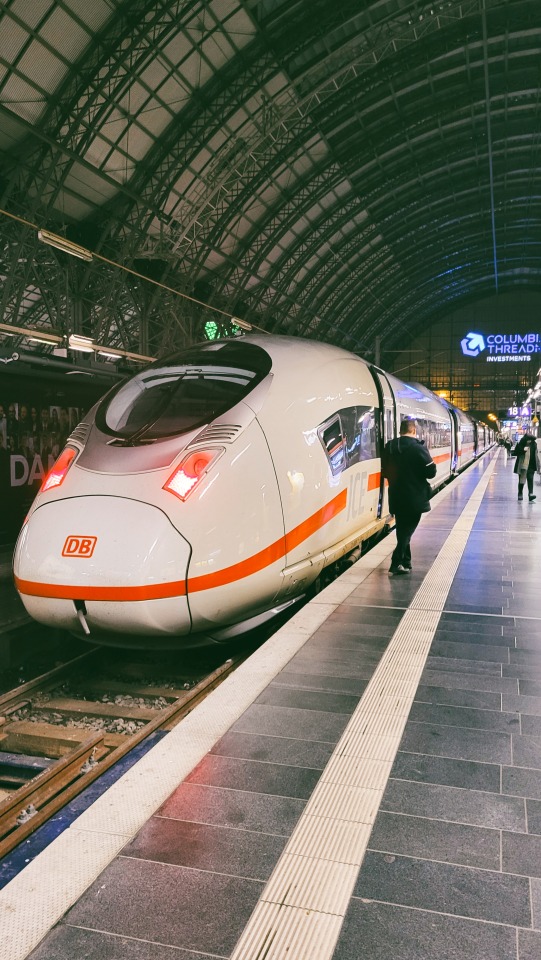
#phoneography#mobiele telefoon fotografie#mobile phone photography#smartphoneography#smartphone fotografie#smartphone photography#reizen#reisen#voyage#viajar#travel photography#reisfotografie#train#trein#Zug#Bahn#tren#treno#DB#ICE#Intercity Express#intercity#Germany#Deutschland#Duitsland#Tyskland#Europe#Europa#ICE 3 NEO#Bahnhof
41 notes
·
View notes
Text
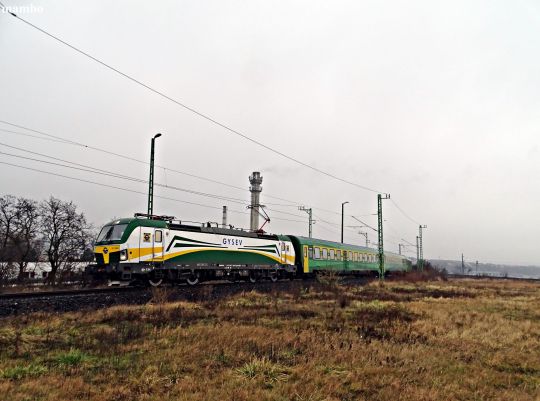
982 Tűztorony InterCity.
#trainphotography#train#siemensvectron#gysev#intercity#raaberbahn#ic#vasút#zöldsárga#arccalavasútnak#sínenvagyunk
10 notes
·
View notes
Text

101 070 in Berlin an der Olympischen Brücke am 28.10.2023
#101 070#Br101#Br 101#Eisenbahn#bahnhof#bahn#intercity#berlin#westend#charlottenburg#Berlin Charlottenburg#ic
9 notes
·
View notes
Text
There she's Coming
#train stations#trains#trainstation#intercity#locomotive#amazing#video#strange#weird#my video#omg#hilarious#funny#lol#laugh
14 notes
·
View notes
Text

forever in my mind, only you
3 notes
·
View notes
Text
POV: you are in an empty NS INTERCITY at 11 in the evening and suddenly eddie approaches you

what will he do...
#eddie imagine#eddie munson#dutch eddie#stranger things#ns#intercity#intershitty#dark#creepy#scary#strange#emo#weirdo#scary story#horror
10 notes
·
View notes
Text
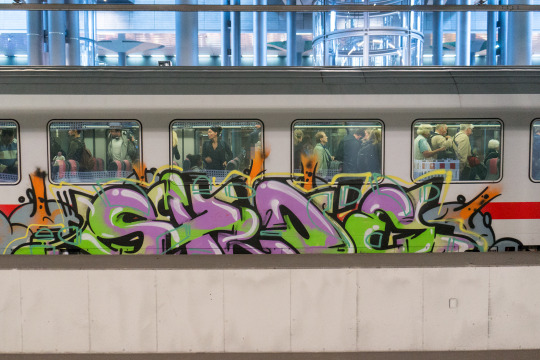
skoe 2015
3 notes
·
View notes
Photo



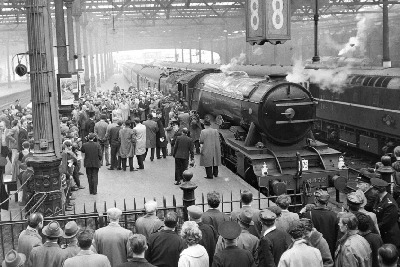
On February 21st 1842 Scotland’s first inter-city railway, the Edinburgh-Glasgow mainline, opened to regular traffic.
The building of a railway between the two cities was authorised by an Act of Parliament in 1838 following several years of public discussion.
Construction work on the 46-mile line took almost four years. It was no easy task. To ensure a level route, numerous cuttings were dug, four viaducts were built and three tunnels were driven through hills and solid rock. Members of the public were invited to walk through the Queen Street tunnel on New Year’s Day 1842 to satisfy growing interest in the project. The line opened to regular services on 21st February that year, following a ceremonial opening of the station three days earlier, as I posted on Sunday.
The railway put an end to the slow and cumbersome stagecoaches that had linked Glasgow and Edinburgh for more than a century, and would eventually drive business away from the canal network as well.
The project’s engineers had wanted to build a bridge over the Forth and Clyde canal – but the canal’s owners refused. A tunnel under the waterway had to be constructed instead.
The Scotsman reported in February 1842 that “it rarely happens that a railway can be brought into the centre of a great city”, as it announced the opening of Queen Street station in Glasgow. But the original Edinburgh terminus at Haymarket was greeted with rather less enthusiasm. It was hoped that eventually the train line would stretch further into Edinburgh.
An extension to North Bridge was duly completed in 1846, and work on building the present Waverley station began in 1868.
The line was popular with passengers from the beginning. Initially, four services travelled in each direction from Monday to Saturday. Controversially, two services also ran on Sundays – provoking strong opposition from Sabbatarians. The number of trains throughout the week quickly increased.
Passengers could choose to alight at many more intermediate stations than today – with stops at Gogar, Ratho, Winchburgh, Linlithgow, Polmont, Falkirk, Castlecary, Croy, Kirkintilloch (later Lenzie) and Bishopbriggs. The Edinburgh & Glasgow Railway Company which built the line was absorbed by the North British Railway (NBR) in 1865. The NBR would in turn be absorbed by the London & North Eastern Railway in 1923.
There have been several high-profile train crashes on the route over the years. The most recent occurred on 30th July, 1984, when a rush hour commuter service out of Waverley struck a cow that had wandered on to the tracks near Polmont from a nearby field. The collision caused all six carriages to derail, killing 13 people and injuring 61 others.
The worst accident, in terms of loss of life, took place on 10th December, 1937, at Castlecary. During a snowstorm, the 5.30pm Waverley to Queen Street express collided with a late running local train from Dundee to Glasgow. The locomotive hit the rear of the standing local service at the now-closed Castlecary station at an estimated 70mph. Four carriages were completely destroyed by the collision, killing 35 passengers and injuring 179 more.
The £742m Edinburgh Glasgow Improvement Programme (EGIP) is the biggest project on the route since it was built 174 years ago. It will eventually see all-electric trains operating on the line, with faster journey times and more seats for passengers. The average journey time by train between Glasgow and Edinburgh (Waverley) is now 1 hour and 14 minutes, with around 191 trains per day.
A new passenger hall at Haymarket station opened in 2014, while Queen Street was recently comprehensively rebuilt.
13 notes
·
View notes
Text


Lokomotive 146 552-5 mit Intercity Garnitur
#railwayblog.de#locomotora#146 552-5#BR 146#BR146#railway#eisenbahn#locomotive#鉄道#lokomotive#locomotief#lokomotywa#локомотив#Intercity#IC
4 notes
·
View notes
Text

Aalborg
#phoneography#mobiele telefoon fotografie#mobile phone photography#smartphoneography#smartphone fotografie#smartphone photography#Aalborg#Denmark#Denemarken#Danmark#Dänemark#train#trein#tog#Europe#Europa#DSB#intercity#travel#reizen#travel photography#reisfotografie#reisen#voyage#viajar#railway#spoor#Bahn#station#Bahnhof
3 notes
·
View notes
Text
A lovely morning taking the berlin bound intercity to Apeldoorn


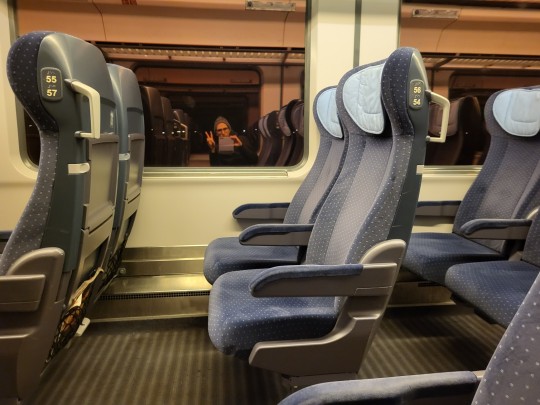
6 notes
·
View notes
Text

997 Soproni Közgáz IC.
8 notes
·
View notes
Text

101 084 Berlin Zoo 12-11-2023
#101 084#Br101#Br 101#Intercity#IC#berlin#zoo#berlin zoologischer garten#zoologischer garten#eisenbahn#bahnhof#bahn
10 notes
·
View notes
Text
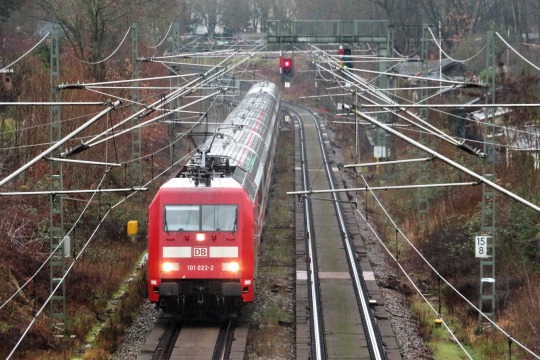
101 022 an der olympischen Brücke in Berlin Westend am 04.01.2023
#101 022#Br101#Br 101#Eisenbahn#Bahnhof#Bahn#intercity#IC#Olympische Brücke#Charlottenburg#Berlin Charlottenburg#Westend#Berlin Westend
2 notes
·
View notes
Photo
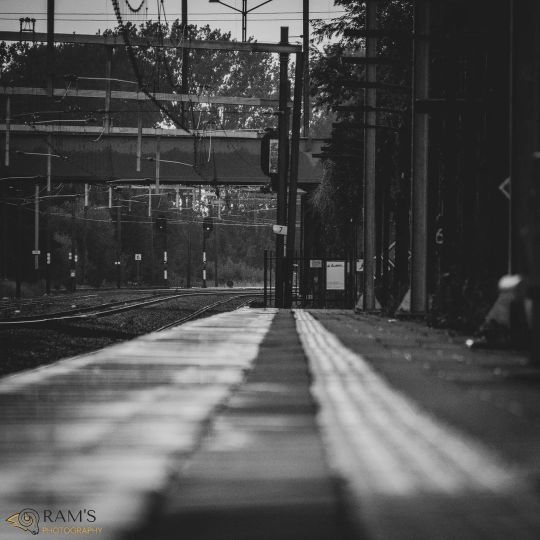
📍Diemen, Netherlands Diemen is a small city in the outskirts of Amsterdam central. You can take the intercity sprinter and it will take you directly to central station in 12 mins. September 2022 #amsterdam🇳🇱 #amsterdam #photography #travelling_europe #travelphotography #diemen #intercity #railphotography #trainstation #netherlands #eurotrip2022 #hollanda #visithollanda #photojourney #train #empty #visitned #bwphotography #🇳🇱 (at Amsterdam Diemen) https://www.instagram.com/p/CnUSwvYrAqB/?igshid=NGJjMDIxMWI=
#amsterdam🇳🇱#amsterdam#photography#travelling_europe#travelphotography#diemen#intercity#railphotography#trainstation#netherlands#eurotrip2022#hollanda#visithollanda#photojourney#train#empty#visitned#bwphotography#🇳🇱
3 notes
·
View notes
Photo

An Autumn morning. (Art by: @joylaforme ). #november #morningtime #art #intercity #illustration #repost #autumnvibes #fallcolors https://www.instagram.com/p/ClJqe_1Pyq8/?igshid=NGJjMDIxMWI=
4 notes
·
View notes